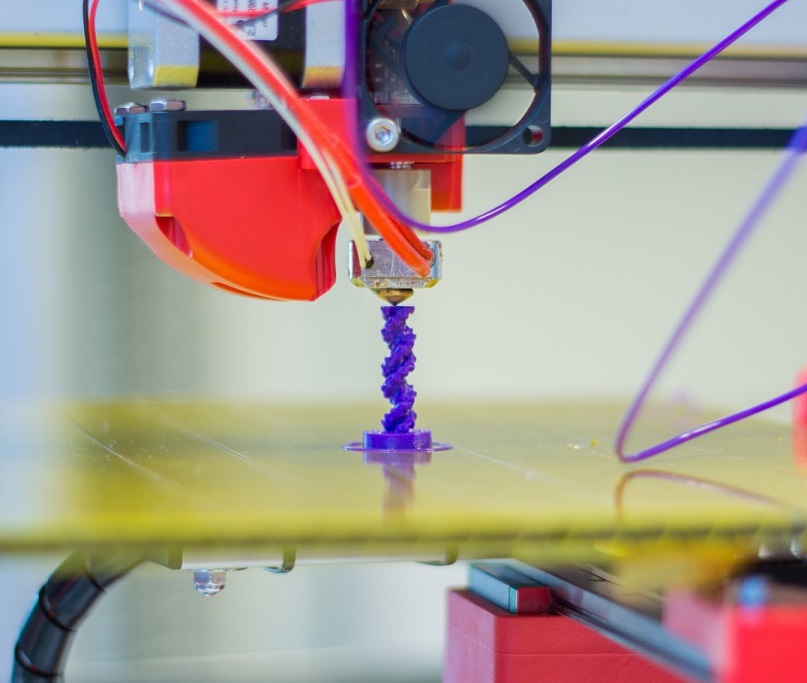This post is also available in:
 עברית (Hebrew)
עברית (Hebrew)
Critical care at the battlefield will save lives and provide a more complete recovery thanks to the innovative use of 3D printers.
3D printers can be deployed in desert and remote environments to fabricate medical tools and biomaterials, where it’s not practical to have soldiers carry hundreds of medical supplies in their packs. This was demonstrated by a pilot program conducted by the Uniformed Services University (USU) of the Health Sciences.
The pilot program, called Fabrication in Austere Environments, is designed to fabricate medical products and tissues in harsh environments with a ruggedized 3D printer.
The project is part of USU’s federally-funded 4-Dimensional Bioprinting, Biofabrication, and Biomanufactuing (4D Bio3) Program, along with the U.S. Military Academy at West Point, the Geneva Foundation as well as two manufacturers — 3D printer maker NScryp. and commercial space company Techshot.
Announced in 2018, the five-year program is tasked with researching, developing, and applying new bioprinting, biofabrication, and biomanufacturing technologies.
The first 3D printer deployed and tested in harsh environments was nScrypt’s heavier and larger ruggedized 3D bioprinter, called nRugged, which was developed for the U.S. Army.
Made out of a carbon fiber material it is mostly used for DoD applications. The printer which is configurable for printing biologics and non-biologics can print over 10,000 commercial materials for different applications.
nScrypt has worked with the U.S. Army on 3D printers for austere environments for several years, and its 3D bioprinter is part of the company’s Factory in a Tool (FIT), which can be.
Field tests have included 3D printing a scalpel handle and a surgical model of a T9 vertebrae as well as bioprinted bioactive bandages and various biocompatible materials that are implantable.
The next step is to develop a smaller and lighter version that can fit in a soldier’s pack. Some of the work ahead includes continuing to develop sensors and sensor systems using the nScrypt machines as well as implementing sensor systems in the 3D printers, according to eetimes.com.
How does bioprinting work? “Think of a syringe on steroids with the steroids being the robotic motion and software,” explained Dr. Kenneth Church, nScrypt’s CEO. “Most biomaterials are already well suited for syringes, so accommodating that on a 3D-printing platform is a natural step. The materials range from basic biopolymers to extracellular matrices (think collagen) to living cells. There are not an infinite number of biomaterials, but there are a lot and each has its own conditions that need to be controlled for printing.”
Church said it is easy to print surgical instruments as well as rigid braces or flexible wraps, and to add biological or antibacterial materials embedded in them. The holy grail is to print the necessary cells, extracellular matrices, and biopolymers that will lead to tissue growth and with the right complexity lead to full organ growth,” he said.
This is one example of the way the US military and aerospace industry has embraced 3D printing as a game-changer to help print parts for battlefield repairs and now surgical instruments and biomaterials on demand.


























